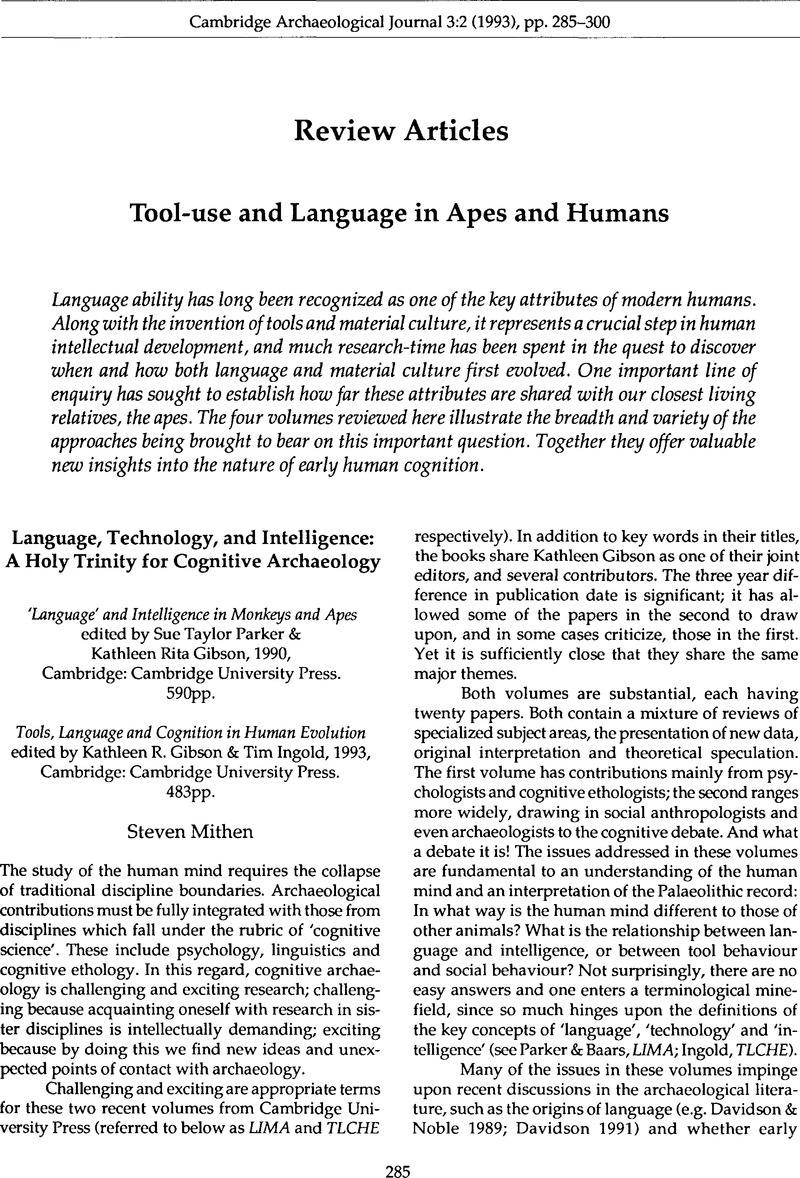Crossref Citations
This article has been cited by the following publications. This list is generated based on data provided by Crossref.
Schick, Kathy
and
Toth, Nicholas
2001.
Archaeology at the Millennium.
p.
39.





